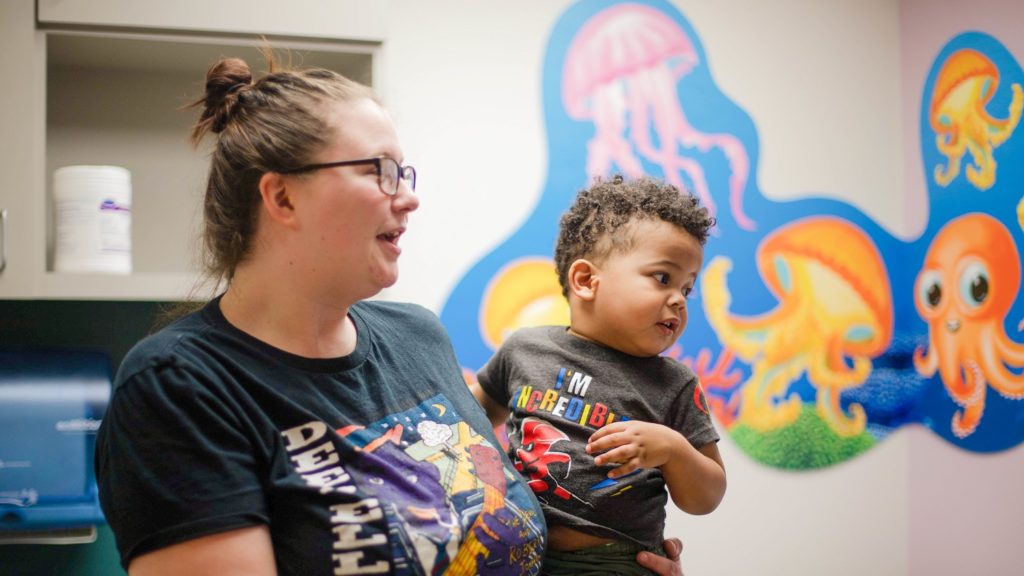
 Special to the Philanthropy Journal
Special to the Philanthropy Journal
By Iryna Kharlamova and Pat Sintavanon
As a land-grant university, NC State is committed to providing students hands-on, highly-engaged learning opportunities AND to providing research that is of direct, practical use to the fields we work in. Philanthropy Journal proudly presents the latest in a series of evidence-based resource articles developed by Dr. Amanda J. Stewart‘s masters level Management of Nonprofit Organizations classes. These articles represent a perfect overlap of engaged learning and practical research.
Sometimes the greatest things are surprises. In nonprofit work, we call this instrumental value. We apply this term to the context of nonprofit organizations as the unintended or unexpected value that the organization generates, which may be well beyond the organization’s mission and anything the founders anticipate.
Nonprofit organizations may not recognize the instrumental values that they provide to their members. As an organization grows, the stated core of expressed values might expand in unexpected ways that the founders may not have foreseen. Organizations need to be sensitive and receptive to the unexpected roles they may play in their members’ lives. These instrumental values may enhance the organization’s core mission. In turn, the expanded mission and new goals may inspire others to join as members, donate funding, and otherwise provide the organization the opportunity for growth. The new perspective may even lead leadership to tilt the mission in a new and better direction, retaining the core mission, but also capturing new value.
 We will demonstrate our point using a Buddhist organization as an example.
We will demonstrate our point using a Buddhist organization as an example.
We interviewed Du Le about Van-Hanh Pagoda Association – the first Vietnamese Temple in North Carolina. The founders of the temple were refugees from Vietnam, looking to make a new home for themselves after fleeing their home country. In 1985, they created the Van-Hanh organization to give the Vietnamese refugee population a community center to gather and practice Buddhism.
As the organization grew, it created instrumental values that the founders could have never expected. The core mission of Van-Hanh Pagoda was simply to have a place for the Buddhist Vietnamese community to practice and cultivate their spirituality. However, the value that the temple created has grown beyond any expectations.
The temple has become not only a place of worship for the local Buddhist Vietnamese population, but has seen become perceived as a community center. Older Vietnamese come to the temple to feel at home, surrounded by fellow Vietnamese and reminding themselves what home was like before the war. Youths in the community benefit as well, receiving exposure to Vietnamese culture they would otherwise never get and gain an opportunity to practice the Vietnamese language. They also get a chance to meet with other young Vietnamese-Americans and make lifelong friends with similar cultural and linguistic background. Vietnamese-American student at NC State still considers this temple a big part of his life. Bryan Le, a member, said, “As a child, having friends with a similar background provided balance and a sense of identity that was difficult to find in the diverse social arena at school. It is a formative foundation for many local Vietnamese-Americans.”
In addition, the temple also provides instrumental value to a community that reaches far beyond the Vietnamese community. For example, Buddhists of different nationalities come the temple for ceremonies and services. It has also become a field trip destination for local high schools and universities that wish to encourage and cultivate a deeper understanding of multiculturalism. College students visit temple as a part of their cultural and religious studies. Some non-Vietnamese visit the temple before or after work to find peace and meditate. Some visitors view the temple grounds as a park: they come to take a walk, enjoy nature and admire architecture. Some children find such a sense of community at the temple, that they share this feeling with others at NC State by starting the Buddhist Philosophies Club.
These examples are representative of the instrumental values provided by the Van Hanh Pagoda Temple.
Currently, the temple provides services only in the Vietnamese language. Visitors of the temple, however, are of various nationalities. Despite this, only minority of service providers at the temple can speak English fluently enough to be able to give tours or provide services to non-Vietnamese speakers. Du Le stated that the temple is planning to start giving services in English in order to handle the needs of the members. In addition, members could take lessons to learn Vietnamese, according to a program, Du Le says, is in the works. It is encouraging to see that Van-Hanh Pagoda recognizes instrumental values and uses them to benefit its members. This positive trend could broaden the diversity of the temple’s membership, the number of memberships, and funding resources. At the moment, donations are the only source of income for the temple.
There are other nonprofits that produce value beyond their core mission. For example, the international nonprofit conservation organization, The Leatherback Trust. This organization is dedicated to saving the leatherback sea turtle. Its mission is to promote the conservation of the leatherbacks and other turtles who are at risk of extinction.
However, the members of this nonprofit also acquire awareness of the ocean environment and a wide range of environmental issues such as climate change and plastic pollution.
Unlike expressive values, values that are expressed in the nonprofit’s mission, we tend to discount instrumental values and don’t give them proper attention. The more we understand and apply instrumental values, the more effective nonprofit leadership will be.
Iryna Kharlamova is a graduate student at North Carolina State University pursuing a Master of Accounting degree. Ms. Kharlamova is part of the Jenkins Master of Accounting Program. She hopes to pursue a career as a nonprofit auditor with a public accounting firm.
Pat Sintavanon is a graduate student at North Carolina State University pursuing a Master of Accounting degree. She plans to work in a public accounting firm as an auditor.





